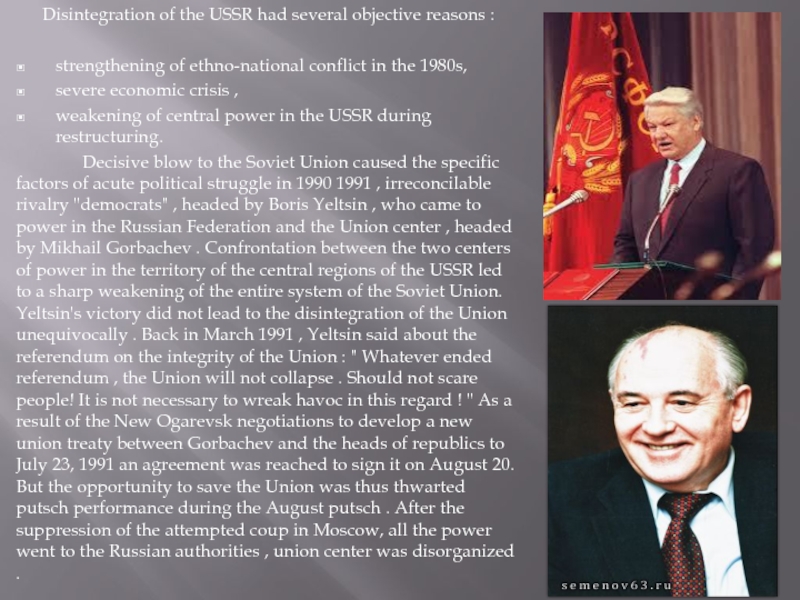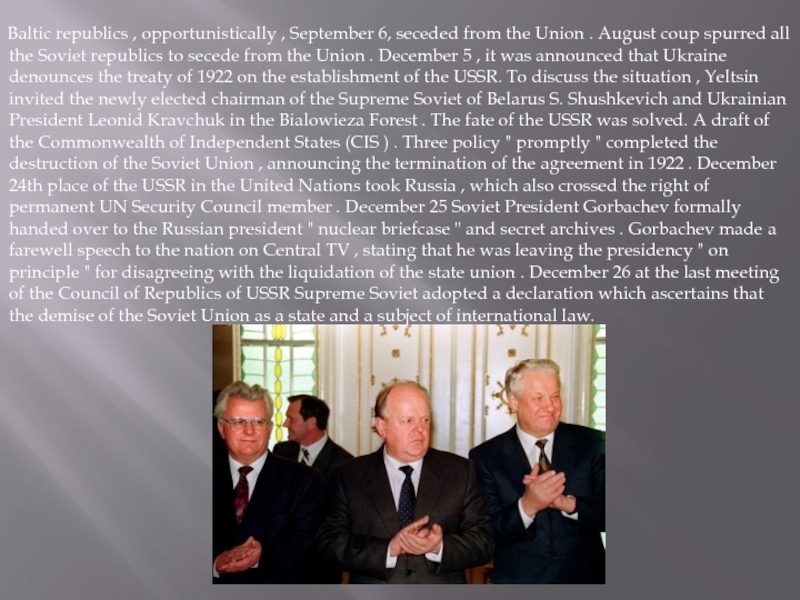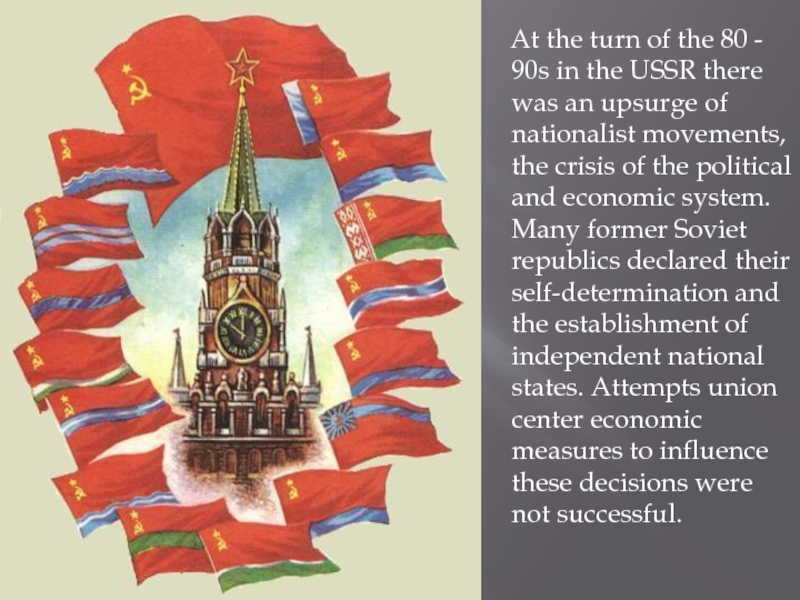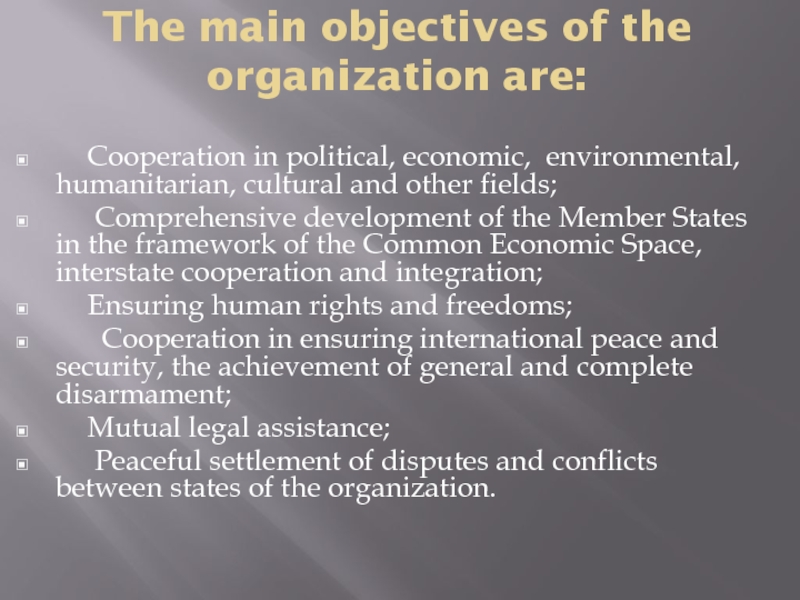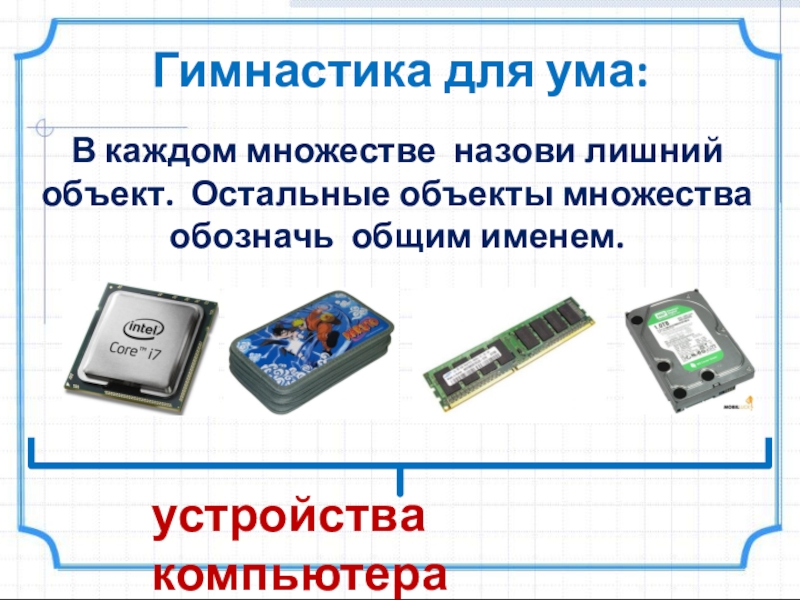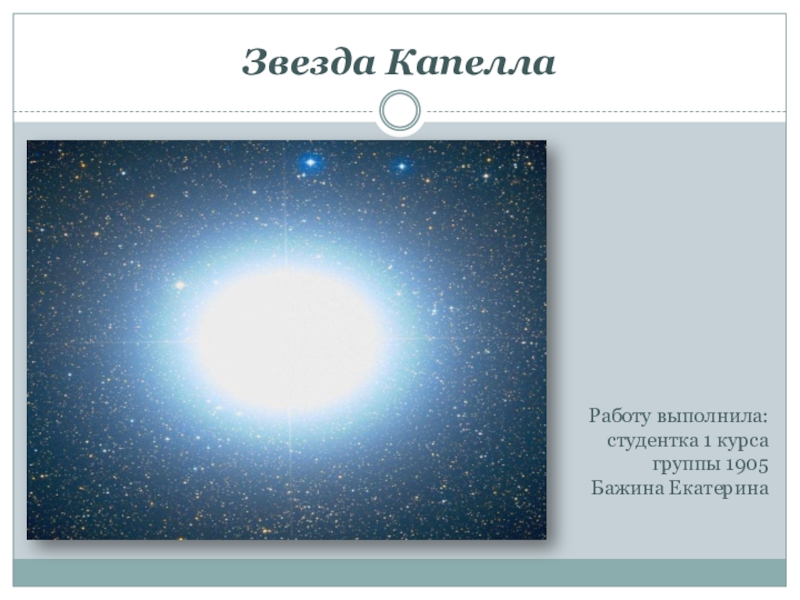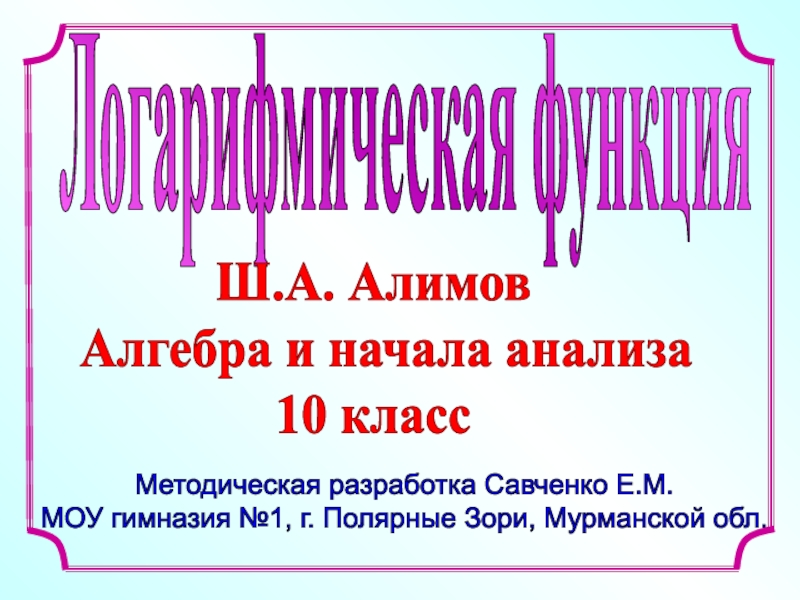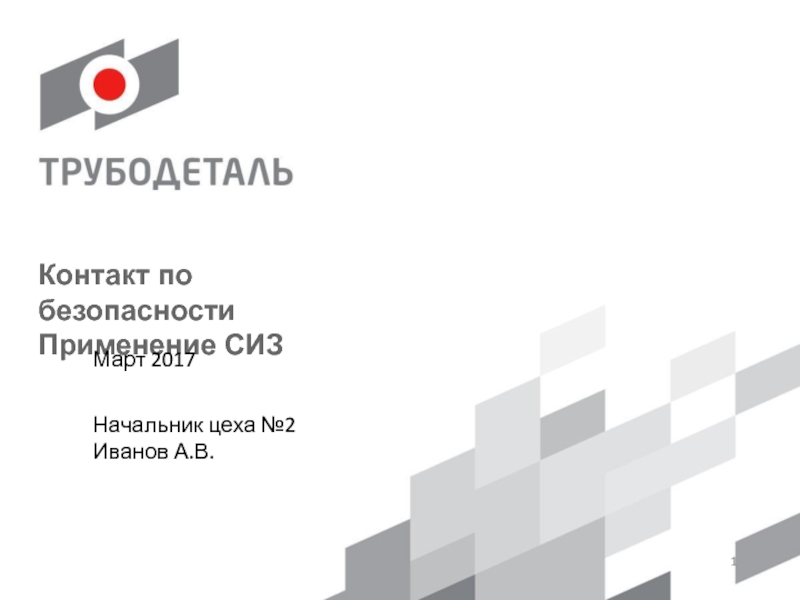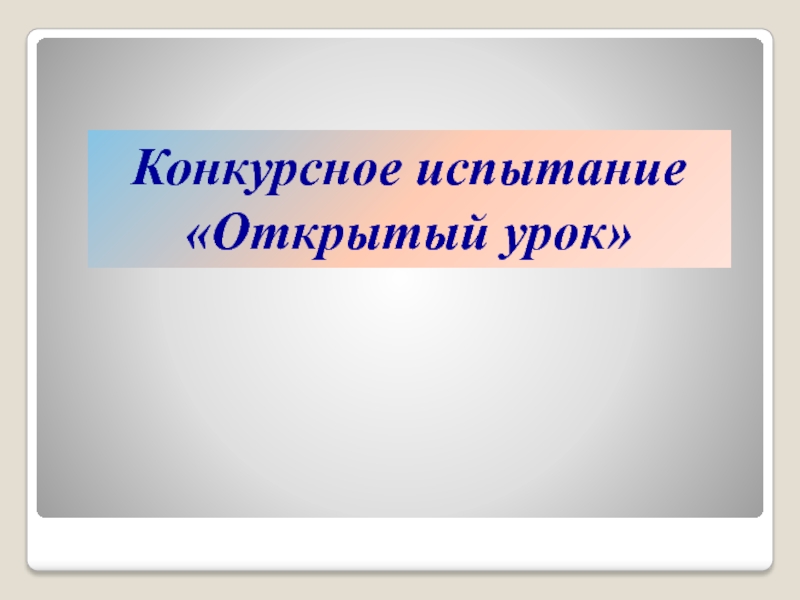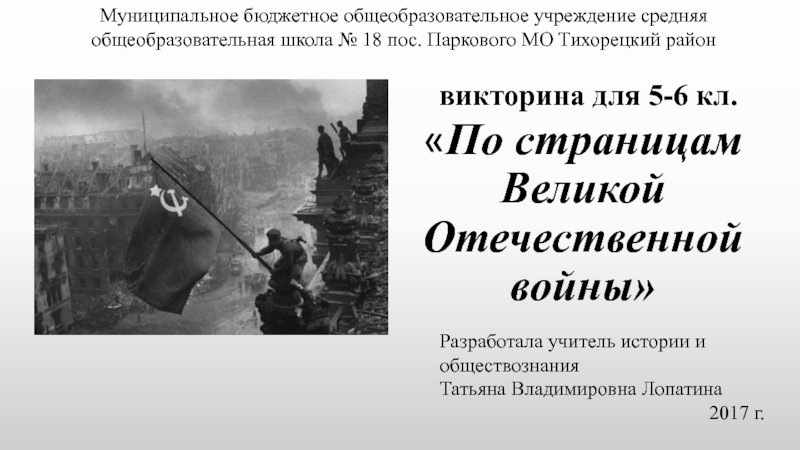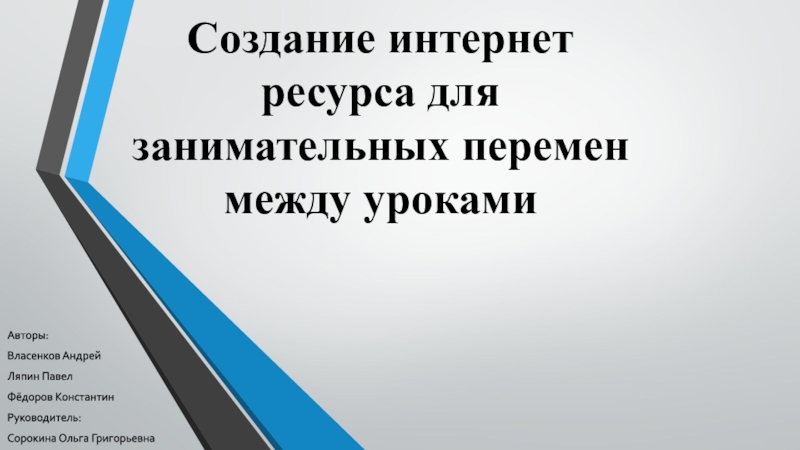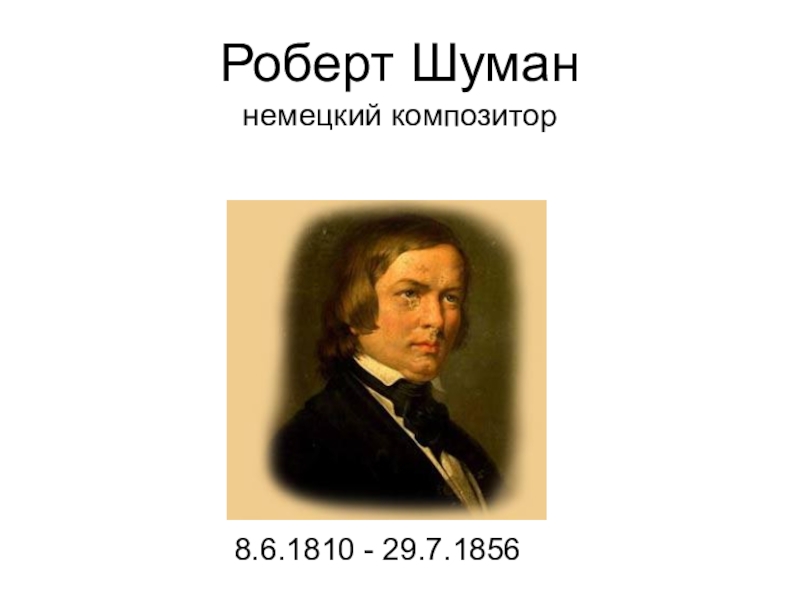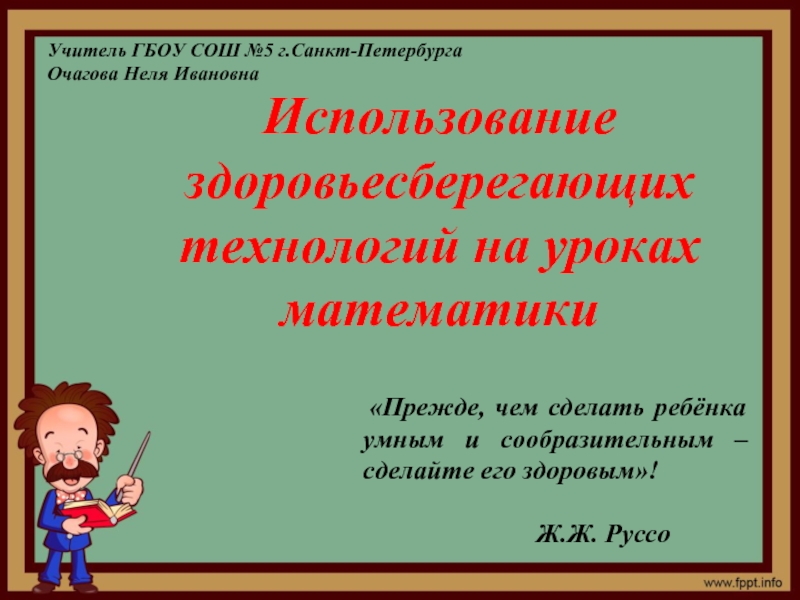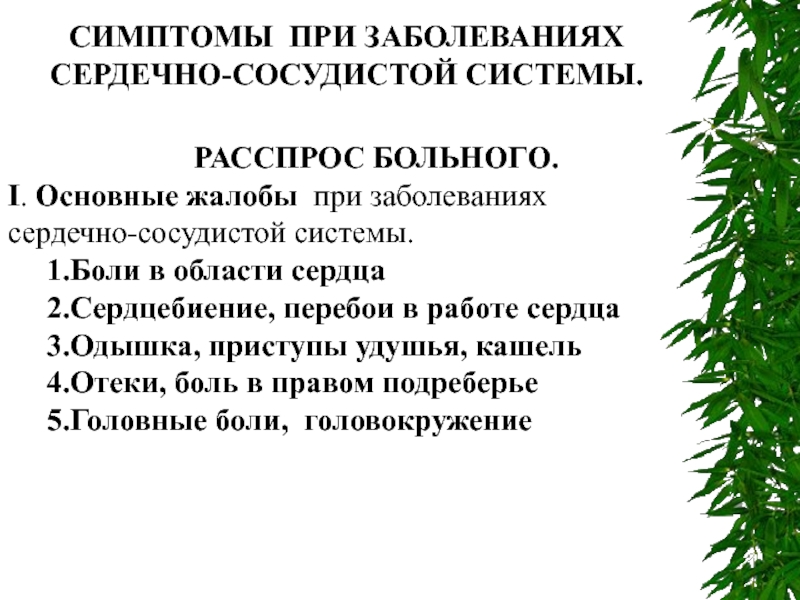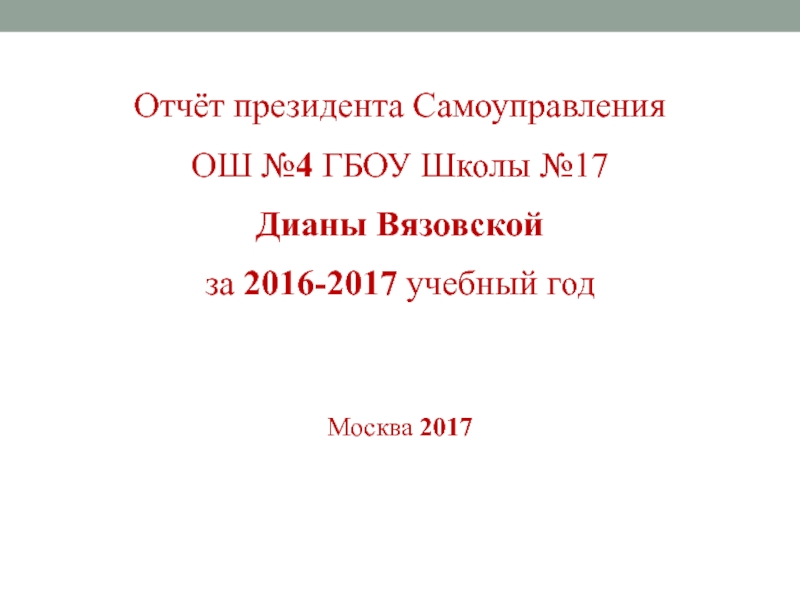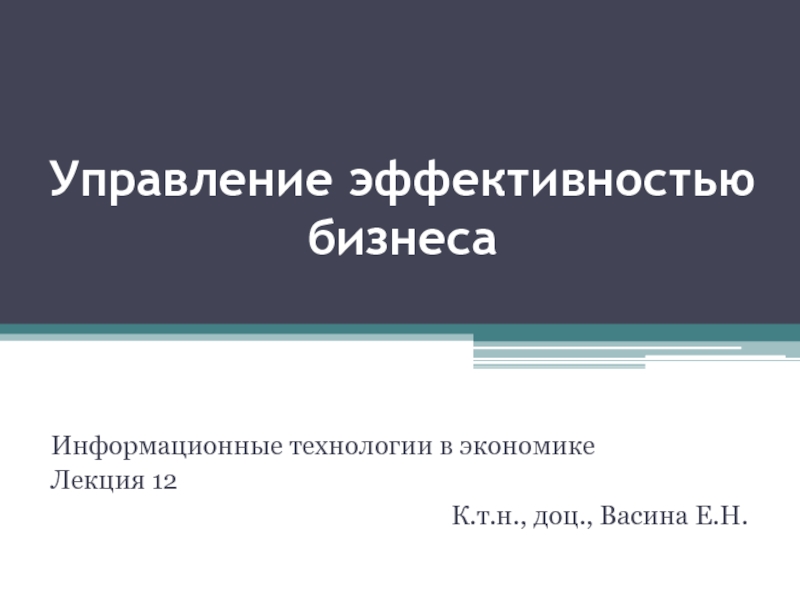Разделы презентаций
- Разное
- Английский язык
- Астрономия
- Алгебра
- Биология
- География
- Геометрия
- Детские презентации
- Информатика
- История
- Литература
- Математика
- Медицина
- Менеджмент
- Музыка
- МХК
- Немецкий язык
- ОБЖ
- Обществознание
- Окружающий мир
- Педагогика
- Русский язык
- Технология
- Физика
- Философия
- Химия
- Шаблоны, картинки для презентаций
- Экология
- Экономика
- Юриспруденция
International relations in the 90s
Содержание
- 1. International relations in the 90s
- 2. Plan:Introduction1. Collapse of the USSR -
- 3. The main feature of the modern world
- 4. During the1980s, Cold War tensions increased as
- 5. The Soviet UnionWhile the US was spending
- 6. End of the Bipolar WorldThe demise of
- 7. Слайд 7
- 8. Disintegration of the USSR had several objective
- 9. Baltic republics , opportunistically , September 6,
- 10. Слайд 10
- 11. CISCommonwealth of Independent States - the union
- 12. At the turn of the 80 -
- 13. The main objectives of the organization are:
- 14. Слайд 14
- 15. Скачать презентанцию
Plan:Introduction1. Collapse of the USSR - Formation of the Commonwealth of Independent States2. The end of the Cold War - Moved from a bipolar to a multipolar state3. Cessation
Слайды и текст этой презентации
Слайд 2Plan:
Introduction
1. Collapse of the USSR
- Formation of the
Commonwealth of Independent States
2. The end of the Cold War
- Moved from a bipolar to a multipolar state3. Cessation of nuclear testing
4. Closure of the nuclear test site in Kazakhstan
Conclusion
Слайд 3 The main feature of the modern world is its transition
to a qualitatively new , compared with the recent past
, the state. Possible identification of the following basic features to make transitions .First, become a general construction of international life. The world has moved from a bipolar to a multipolar state. The end of the " Cold War " era of confrontation between the two end of the socio- political systems in international relations unfolds complex process of establishing new priorities and values , approved the new centers of international life ( integrating Europe , Japan, the Arab world is experiencing economic growth countries in Southeast Asia, Latin America), qualitatively increases composition of active members of the international community , more complex substance of the relationship between them.
Second, the causal relationships with these changes are changes that have occurred within the former Soviet Union. USSR as a superpower has ceased to exist . Within the geopolitical space recently unified country , but in a completely different political and ideological and cultural- historical framework of the newly independent states were formed , which tend to be equal and full members of the world community.
Слайд 4During the1980s, Cold War tensions increased as Ronald Reagan pursued
a vigorous anti-Soviet policy
Characterized the Soviet Union as “the evil
empire”Dedicated massive amounts of money to military spending to include the Strategic Defense Initiative or “Star Wars”
Successfully confronted communist challenges in Grenada and Nicaragua
Reagan delivers his “Mr. Gorbachev, Tear Down This Wall!” speech in 1987
Слайд 5The Soviet Union
While the US was spending at levels the
USSR was finding difficult to match, the Soviets were having
their own internal problemsThe Soviets withdrew from Afghanistan in 1989 after ten years of a failed war many likened to the US experience in Vietnam
The Soviet economy and those of its eastern and central European satellites were in serious trouble
US-supplied Stinger missiles helped the mujahedeen defeat Soviet forces in Afghanistan
Слайд 6End of the Bipolar World
The demise of the Soviet Union
left the US as the world’s sole superpower
Without the danger
of a superpower confrontation, the US was now more free to use its military powerAdditionally, new opportunities for cooperative international efforts would become possible without the bipolar competition
This new dynamic would be tested when Iraq invaded Kuwait in 1990
Слайд 8Disintegration of the USSR had several objective reasons :
strengthening of
ethno-national conflict in the 1980s,
severe economic crisis ,
weakening of central
power in the USSR during restructuring.Decisive blow to the Soviet Union caused the specific factors of acute political struggle in 1990 1991 , irreconcilable rivalry "democrats" , headed by Boris Yeltsin , who came to power in the Russian Federation and the Union center , headed by Mikhail Gorbachev . Confrontation between the two centers of power in the territory of the central regions of the USSR led to a sharp weakening of the entire system of the Soviet Union. Yeltsin's victory did not lead to the disintegration of the Union unequivocally . Back in March 1991 , Yeltsin said about the referendum on the integrity of the Union : " Whatever ended referendum , the Union will not collapse . Should not scare people! It is not necessary to wreak havoc in this regard ! " As a result of the New Ogarevsk negotiations to develop a new union treaty between Gorbachev and the heads of republics to July 23, 1991 an agreement was reached to sign it on August 20. But the opportunity to save the Union was thus thwarted putsch performance during the August putsch . After the suppression of the attempted coup in Moscow, all the power went to the Russian authorities , union center was disorganized .
Слайд 9Baltic republics , opportunistically , September 6, seceded from the
Union . August coup spurred all the Soviet republics to
secede from the Union . December 5 , it was announced that Ukraine denounces the treaty of 1922 on the establishment of the USSR. To discuss the situation , Yeltsin invited the newly elected chairman of the Supreme Soviet of Belarus S. Shushkevich and Ukrainian President Leonid Kravchuk in the Bialowieza Forest . The fate of the USSR was solved. A draft of the Commonwealth of Independent States (CIS ) . Three policy " promptly " completed the destruction of the Soviet Union , announcing the termination of the agreement in 1922 . December 24th place of the USSR in the United Nations took Russia , which also crossed the right of permanent UN Security Council member . December 25 Soviet President Gorbachev formally handed over to the Russian president " nuclear briefcase " and secret archives . Gorbachev made a farewell speech to the nation on Central TV , stating that he was leaving the presidency " on principle " for disagreeing with the liquidation of the state union . December 26 at the last meeting of the Council of Republics of USSR Supreme Soviet adopted a declaration which ascertains that the demise of the Soviet Union as a state and a subject of international law.Слайд 11CIS
Commonwealth of Independent States - the union of most of
the countries that emerged after the collapse of the USSR.
Was formed on December 8, 1991.Слайд 12At the turn of the 80 - 90s in the
USSR there was an upsurge of nationalist movements, the crisis
of the political and economic system. Many former Soviet republics declared their self-determination and the establishment of independent national states. Attempts union center economic measures to influence these decisions were not successful.Слайд 13The main objectives of the organization are:
Cooperation in
political, economic, environmental, humanitarian, cultural and other fields;
Comprehensive development
of the Member States in the framework of the Common Economic Space, interstate cooperation and integration; Ensuring human rights and freedoms;
Cooperation in ensuring international peace and security, the achievement of general and complete disarmament;
Mutual legal assistance;
Peaceful settlement of disputes and conflicts between states of the organization.







